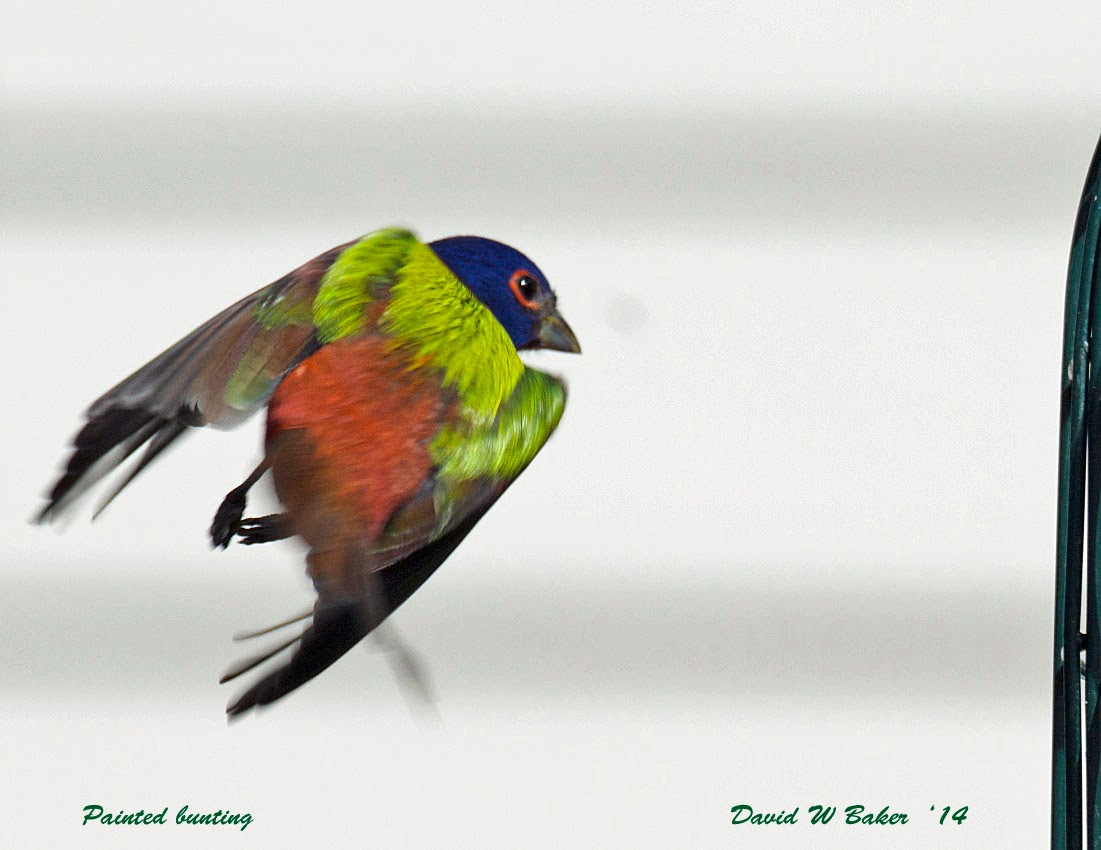Another mom tending to her nest was this Sandhill crane. As we watched, she arose from her "nursery to be" to roll one of the eggs she was tending to. Here again, if you look carefully at the next image, you will see her gently moving the egg about with her long bill. There was probably a second egg in the nest as these cranes generally give birth to a pair of at a time. Couldn't say if this was the mom or dad as both take turns tending to the incubation chores. The eggs generally hatch in just about one month's time with the chicks leaving the next within a day or so of being born. They will then hang out with the parents, learning how to forage and hunt for themselves.
Some eggs have already been laid, incubated and hatched. On the outskirts of Merritt Island National Wildlife Refuge, Sharon and I found a Great-horned owl occupying an abandoned osprey nest several weeks ago. This weekend, we were thrilled to see that the mom was no longer sitting on the nest. She had moved over to a nearby dead tree limb while the nest was now the home to a newborn owlet.
I must end up this installment with a caveat that all was not exactly joy, peace, and harmony in the avian world of love and child rearing. Territorial battles are common as birds vie for nesting sites of for the attention of an attractive female nearby. The next series of shots was taken along the edge of the "Click Ponds" at Viera Wetlands here in Florida. As several female Boat-tailed grackles looked on with apparent "half-interest", two males with hormones raging engaged in a battle royal in the shallow water of the pond. At first, there was posturing such that you could almost imaging one of the grackles calling out the second with some phrase like, "You want to mess with me?"
Suddenly, one of the birds made the first move, pinning the second down in the water.
This was followed by and explosion of roiling water as each bird violently tried to get the better of its adversary.
Within seconds, the battle was over with one of the birds beating a hasty retreat. When all was said and done, the victor looked around at the audience of females which had been watching only to see that they had all walked away disinterestedly. All for naught! Sooner or later, I'm sure the winner will find his true love and will sire offspring of his own. Apparently, today was not the day.









.jpg)
.jpg)








